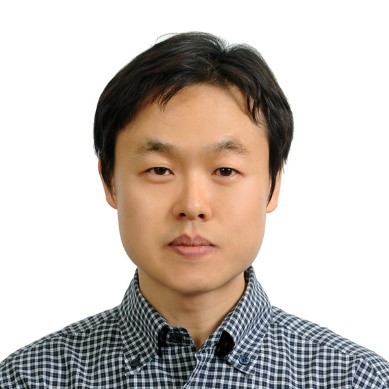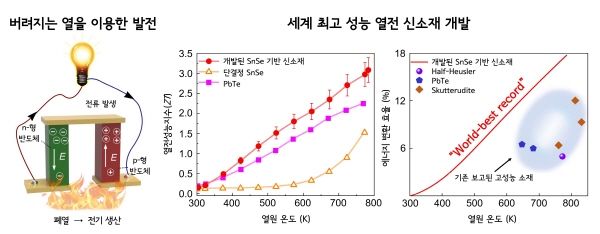- About
- Academics
-
Undergraduate Programs
- Civil and Environmental Engineering
- Architecture and Architectural Engineering
- Mechanical Engineering
- Industrial Engineering
- Energy Resources Engineering
- Nuclear Engineering
- Materials Science and Engineering
- Electrical and Computer Engineering
- Naval Architecture and Ocean Engineering
- Computer Science and Engineering
- Aerospace Engineering
- Chemical and Biological Engineering
-
Graduate Programs
- Civil and Environmental Engineering
- Architecture and Architectural Engineering
- Mechanical Engineering
- Industrial Engineering
- Energy Systems Engineering
- Materials Science and Engineering
- Electrical and Computer Engineering
- Naval Architecture and Ocean Engineering
- Computer Science and Engineering
- Chemical and Biological Engineering
- Aerospace Engineering
- Interdisciplinary Program in Technology, Management, Economics and Policy
- Interdisciplinary Program in Urban Design
- Interdisciplinary Program in Bioengineering
- Interdisciplinary Program in Artificial Intelligence
- Interdisciplinary Program in Intelligent Space and Aerospace Systems
- Chemical Convergence for Energy and Environment Major
- Multiscale Mechanics Design Major
- Hybrid Materials Major
- Double Degree Program
- Open Programs
-
Undergraduate Programs
- Campus Life
- Communication
- Prospective Students
- International Office
News
Professor In Chung's Team of SNU College of Engineering Develops the World's Most Efficient Thermoelectric Material
-
Uploaded by
관리자
-
Upload Date
2021.08.17
-
Views
135
Professor In Chung's Team of SNU College of Engineering Develops the World's Most Efficient Thermoelectric Material
- Eco-friendly power generation using waste heat
- Laying the groundwork for commercialization of high-performance,
low-cost thermoelectric technology

▲ Professor In Chung of the Department of Chemical and Biological Engineering at Seoul National University
Seoul National University College of Engineering (Dean Kookheon Char) announced on August 3 that Professor In Chung's team of the Department of Chemical and Biological Engineering has succeeded in developing a new thermoelectric material that has the world's highest power generation efficiency, without containing expensive elements.
More than 65% of the energy produced worldwide is not used and is lost as heat, which is called waste heat. Electricity generation is completely dependent on fossil fuels, and the process of recovering the vast amounts of waste heat that can be constantly generated into a usable form of energy is absolutely crucial in working to cope with the energy and environmental challenges that we are facing today.
Since thermoelectric technology can directly convert thermal energy into electrical energy and is implemented in a simple semiconductor device, it does not generate any mechanical noise, vibration, or harmful chemicals. Therefore, thermoelectric technology has been considered a cutting-edge technology that can cope with energy and environmental problems simultaneously.
In fact, the main energy source for the Mars rover that the United States launched twice was thermal power, and it was introduced as an energy source for the Mars rover in the movie 'Martian,' starring Matt Damon.
However, high-performance materials developed so far contain elements such as toxic lead and rare tellurium, and it has been difficult to be commercialized due to low power generation efficiency.

▲ Image displaying research achievements
Professor In Chung's team at Seoul National University's Department of Chemical and Biological Engineering solved this problem at once by developing ultra-high-performance polycrystalline materials based on tin (Sn) and selenium (Se). Although the tin selenide material attracted great attention in 2014 because of a study that was reported to the academic community to have achieved a very high thermoelectric performance index (ZT) of 2.6 in the form of single crystals, the reproducibility of the results has been a big controversy until now.
In addition, single crystal materials cannot be mass-produced due to it being a labor-intensive and long-term high-cost manufacturing process, and they are difficult to commercialize due to mechanical defects. As a result, research on tin selenide polycrystalline material, which is advantageous for industrialization, has been conducted worldwide, but it showed very low efficiency compared to single crystal materials.
In this study, a new synthetic process method was developed to identify the fundamental cause of polycrystalline materials having low performance and to solve these problems. As a result, the new material exhibited ultra-high generation performance with a thermoelectric performance index of over 3.1 for the first time in history, and the power generation efficiency that converts thermal energy into electrical energy exceeded 20%, a world record.
"As perovskite materials have made a major shift in solar cell research, the new polycrystalline SnSe-based material has opened a new horizon for commercialization of ultra-high-performance thermoelectric power generation technology," emphasized Professor In Chung of Seoul National University's Department of Chemical and Biological Engineering. Professor In Chung has developed the world's first perovskite-based all-solid-state solar cell.
Meanwhile, the research results, supported by the National Research Foundation of Korea's Nano/Material Source Technology Development Project and the Mid-Sized Research Project were published in the latest online issue of 'Nature Materials' on August 3.